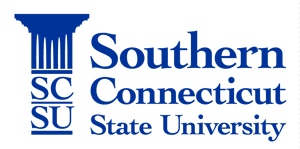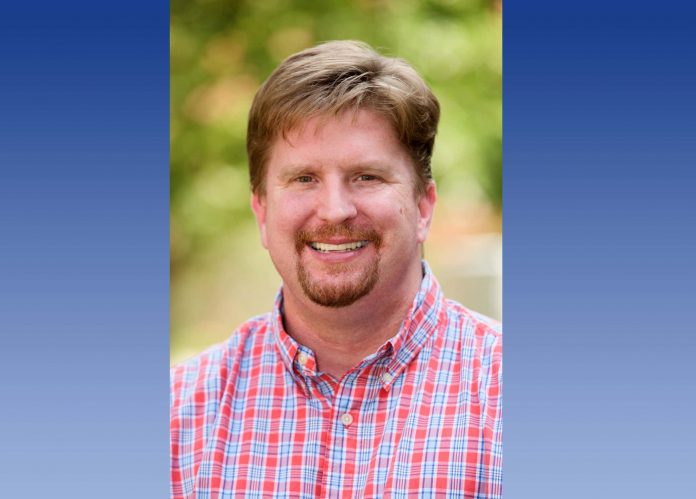Witnesses to a crime don’t always wish to reveal information they have that can be helpful in solving a case. In some situations, they may even answer key questions dishonestly to avoid giving testimony to what they saw, heard or know.
On the other end of the spectrum, some individuals will seek to be selected for a jury even if they already have read about the case, or have prejudices that can affect their objectivity.
A team of researchers that includes Southern’s Kevin Colwell has come up with a relatively simple method of detecting when someone is being deceptive in either of these two scenarios. The team included Colwell’s former graduate students – Neslihan James-Kangal and Brian Gavigan; former undergraduate students Emily McElfresh, Laura Welch and Caitlin Cardenas; and Cheryl Anisman, professor of psychology at National University.
Colwell, professor of psychology, has conducted extensive research on lying and deception, and his team recently co-authored an article in the American Polygraph Association’s journal, “Polygraph & Forensic Credibility Assessment: A Journal of Science and Field Practice Magazine.”
Colwell found this new method of questioning was more accurate in determining whether potential witnesses to crimes and potential jurors were telling the truth than using existing conventional methods. The new method was 92 percent accurate, compared with 78 percent accuracy using the conventional method, when questioning potential jurors.
Both methods were equally accurate in confirming that a potential juror was telling the truth about what they knew, or when someone was trying to get out of jury duty by pretending to know more than they did.
But the new method was significantly more accurate in detecting when someone pretended not to have read about a case so they could be selected – improperly — for a jury. The method showed a 79 percent accuracy level in detecting this feigned ignorance compared with 34 percent using the conventional method.
In Colwell’s experiment of crime witnesses, he found a similar pattern. The new method was 94 percent accurate overall in determining whether potential crime witnesses were telling the truth about what they knew, compared with 90 percent using the old method. But again, in the key area of witnesses who attempted to hide knowledge they had, the new method showed an 86 to 70 percent superiority.
Participants in the study were given a series of test questions to assess their knowledge of a crime scene or a court case. The test includes two potential answers to each question, and someone answering honestly would tend to answer one way or the other. Under the conventional methodology, individuals who scored significantly “below chance” on test questions were deemed as likely being dishonest. But under the new methodology, scores that were significantly “different from chance,” meaning considerably above or below chance, were considered likely dishonest.
Read “It’s the truth: SCSU professor develops test aimed at detecting lies” by Ed Stannard, New Haven Register, Sept. 20, 2021.


